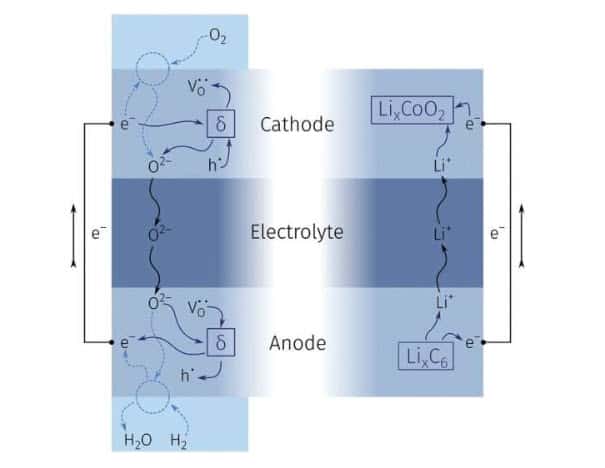Birth of a Better Battery?
As the world strives to move toward greener energy, it has become clear that the production, harnessing, and storing of green energy is not all that easy or effective. The currently favoured green energy sources are solar, wind, and battery, with a few others, such as wave generators, making some inroads. They are all intended to produce and/or store, electricity. The challenge is for these sources to be tapped in a way that is also “green”, such as the manufacture of solar panels, wind generators, and batteries. The manufacturing and installation processes currently have a significant carbon footprint, rendering them less “green” than you might expect and want.
Battery technology has developed in leaps and bounds over the last few years, and the current champ is the lithium-ion battery that powers our phones, laptops, and cars. These batteries are built with rare earth minerals, leading to more and more exploration and mining, trying to keep up to the rapidly increasing demand. Mining exploration and operation is not a “green” industry and may not ever be, so can there be a new kind of battery that does not require as large a carbon footprint to produce and store electricity?
Researchers at TU Wien, (Vienna University of Technology), have made a breakthrough in battery technology. This innovative battery concept has led to a patent application, filed in collaboration with partners in Spain.
The new battery is called an oxygen-ion battery and it purports to solve several issues associated with lithium-ion batteries. The advantages include:
- No need for rare elements
- No fire hazards
- No irreversible capacity diminution over time, i.e. longer life
- Increased durability

The oxygen-ion battery may not match the energy density of its lithium-ion rivals, but its other advantages may make it the overall winner. Part of the longer life advantage is the ability of the oxygen-ion battery to be regenerated. The fabrication does not require scarce elements and uses non-combustible materials. “We have had a lot of experience with ceramic materials that can be used for fuel cells for quite some time. That gave us the idea of investigating whether such materials might also be suitable for making a battery” said Alexander Schmid from the Institute for Chemical Technologies and Analytics at TU Wien.
The ceramic materials being studied can absorb and release doubly charged oxygen ions, and when an electric voltage is applied, the oxygen ions migrate from one ceramic material to another, generating electric current. The basic principle is similar to the lithium-ion battery, but ceramics are non-flammable and can be adapted in useful ways, such as replacing elements that are difficult to obtain. The current prototype of the oxygen-ion battery uses lanthanum, a material that is not exactly rare, but research is underway to find a cheaper and more common material. Cobalt and nickel, which are used in many batteries, are not used at all.
Long life may be the most important advantage of the oxygen-ion battery. In many batteries there is the problem that at some point the charge carriers cannot move, and therefore can no longer be used to generate electricity. The overall capacity of the battery decreases after many charge cycles, rendering the battery to be downright useless or very frustrating – a serious problem for your phone, your car, your laptop, whatever. A new battery can be installed but in doing so, the carbon footprint is increased again, making it even less ‘GREEN’. The oxygen-ion battery can be regenerated, meaning that if oxygen is lost due to side reactions, the loss can be simply compensated for by oxygen from the ambient air.
This new battery concept is not intended for phones or EV’s, because it only achieves about one third of the energy density of a lithium-ion battery, and it runs at temperatures between 200 and 400 degrees Celsius. It is, however, extremely interesting for large scale energy storage, such as is produced at wind and solar energy facilities. A dedicated building packed with oxygen-ion energy storage modules could be feasible, as the lower energy density and high operating temperatures may not play a decisive role or can be effectively mitigated. The advantages of oxygen-ion batteries in this scenario would be long service life, lower production costs, durability, and no fire hazard, which sounds like a winning combination of attributes.
The goal of TREND DISRUPTORS is to discover and monitor technical developments that have the potential to DISRUPT market sectors. We look for the best ideas, and generate actionable investment recommendations for subscribers. As a general rule, these recommendations are speculative, and we advise caution, discretion, and thorough research. We strive to identify investment opportunities that can lead to success for the well-informed investor.
Stay tuned!!
